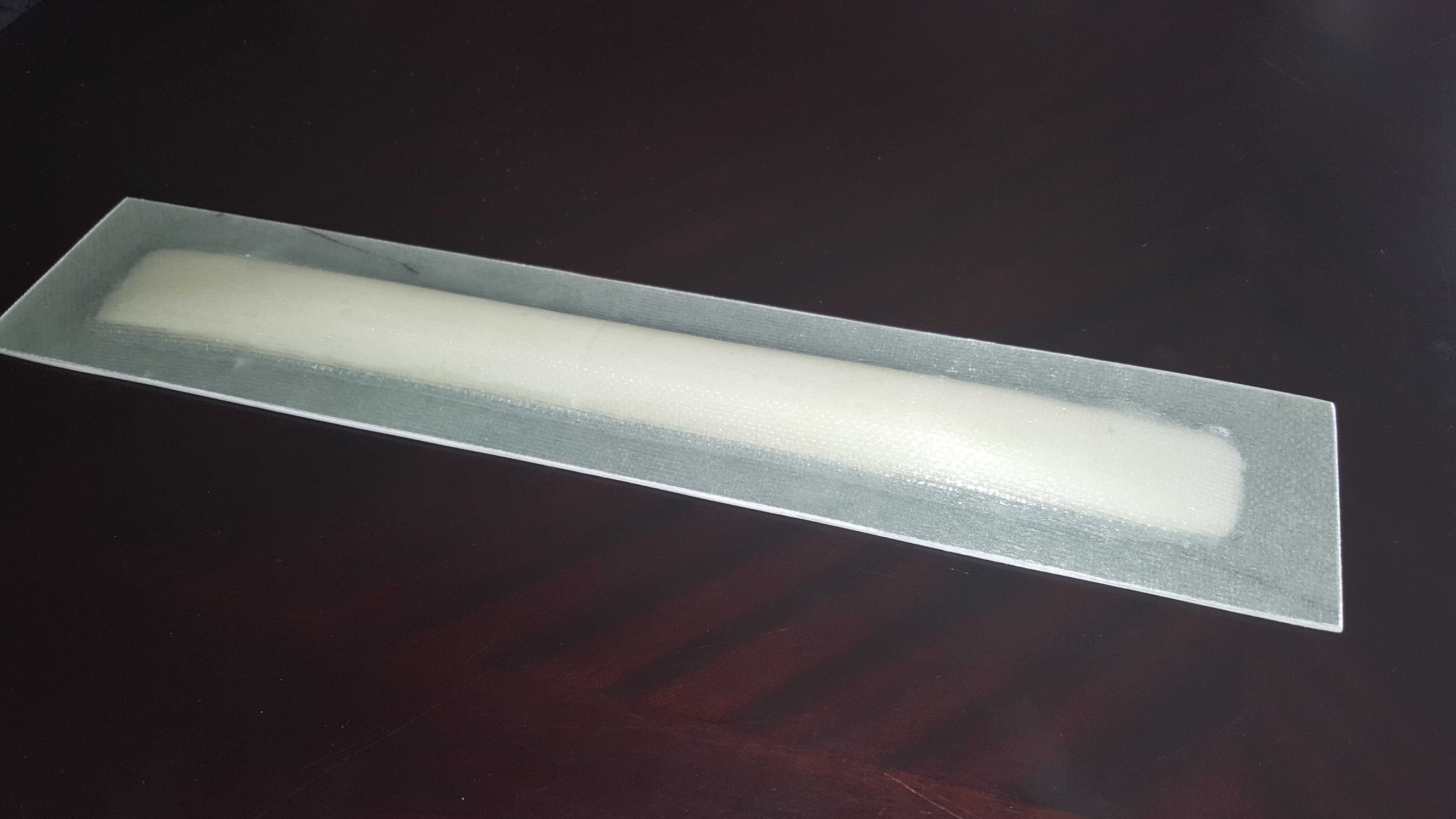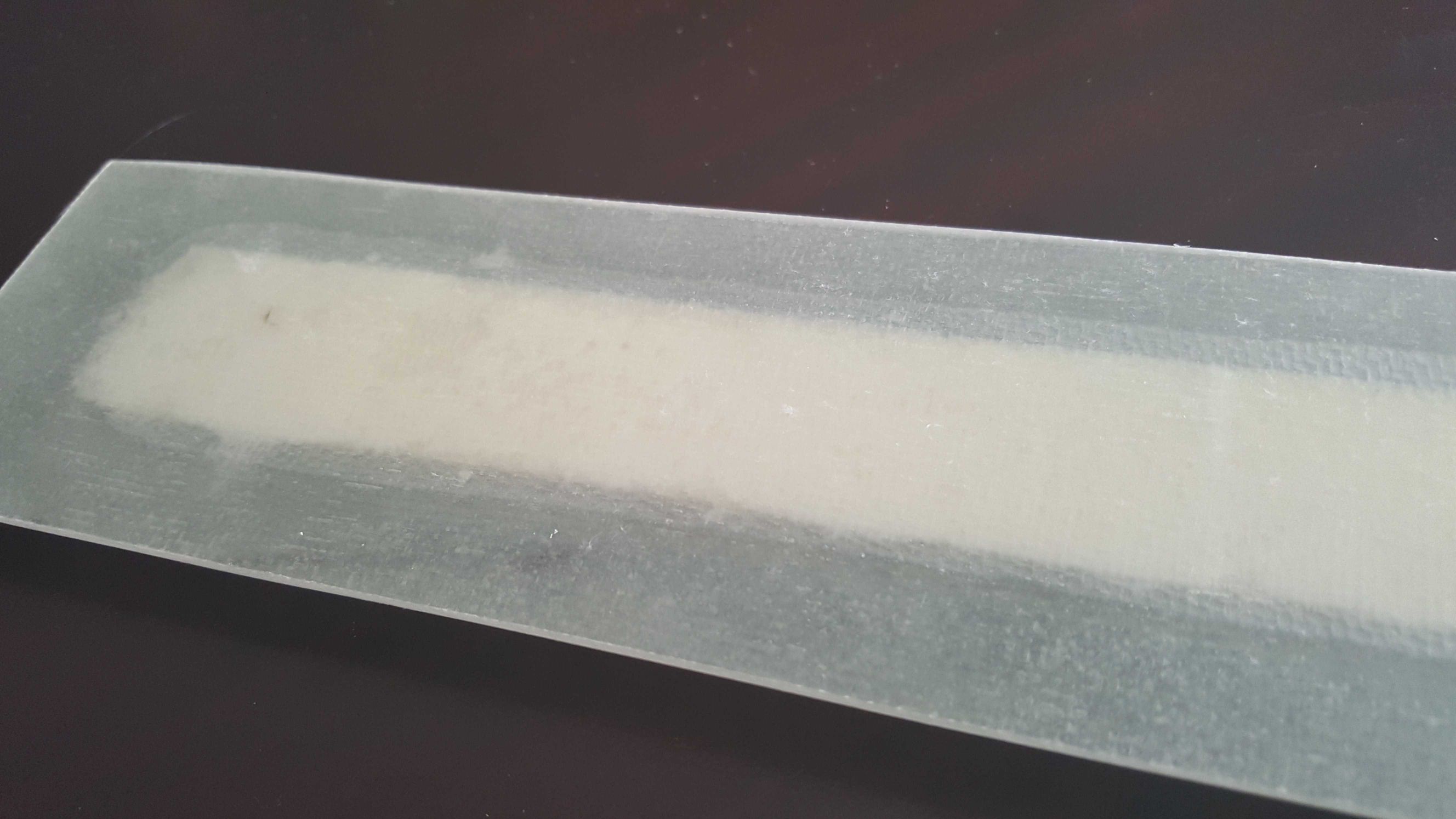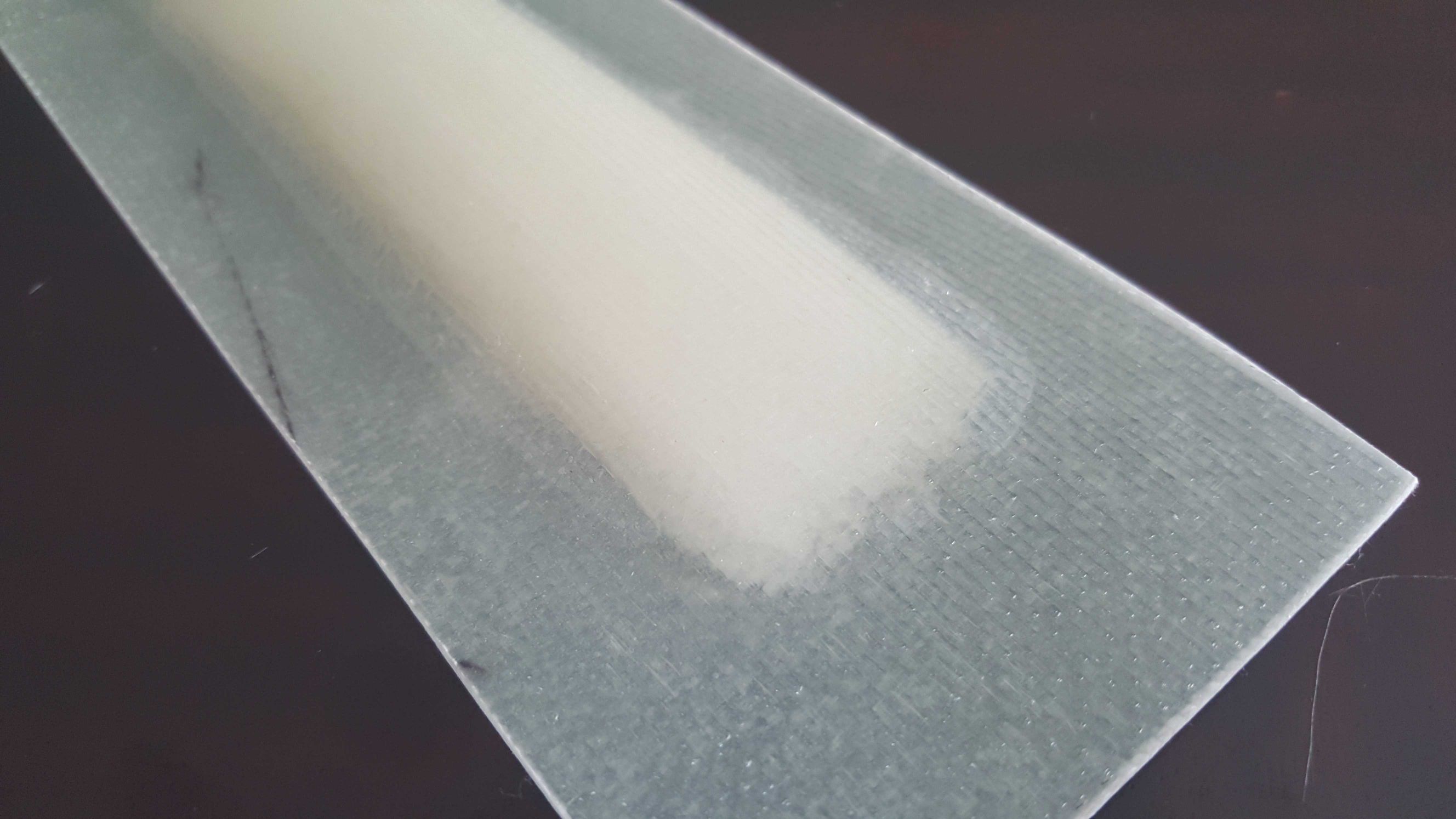TFulwider
Pre-takeoff checklist
- Joined
- Jul 29, 2015
- Messages
- 193
- Display Name
Display name:
Terry
I'm not building actual parts yet so I still can't call myself a plane builder, but it's getting close! Aircraft Spruce delivered my practice kit last night. I was actually giddy opening a box full of fiberglass, resin and foam! It'll be a week or two before I have a big enough block of time to sit down and focus on it, but it I am excited to get going.





